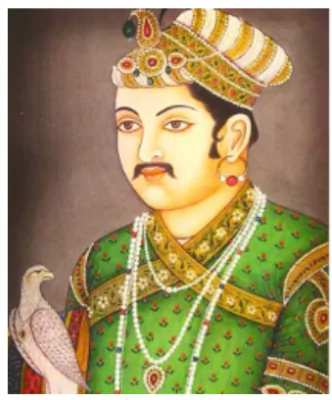![]() May 15, 2024
May 15, 2024
![]() 13876
13876
![]() 0
0
During Akbar’s reign (1556-1605), coinciding with the rise of the East India Company and Queen Elizabeth I, significant conquests and consolidations marked the Mughal Empire. From his early days in Punjab to the annexation of vast territories across India, Akbar’s rule reshaped the region’s political landscape.

| Must Read | |
| Current Affairs | Editorial Analysis |
| Upsc Notes | Upsc Blogs |
| NCERT Notes | Free Main Answer Writing |
Akbar’s reign marked a period of remarkable conquests and consolidation for the Mughal Empire. Through strategic military campaigns and diplomatic negotiations, Akbar expanded his territory from Kabul to the Deccan region. His policies of incorporating chieftains into the Mughal administration and granting them autonomy ensured stability and security, contributing to the longevity and prosperity of the empire.
<div class="new-fform">
</div>
Latest Comments